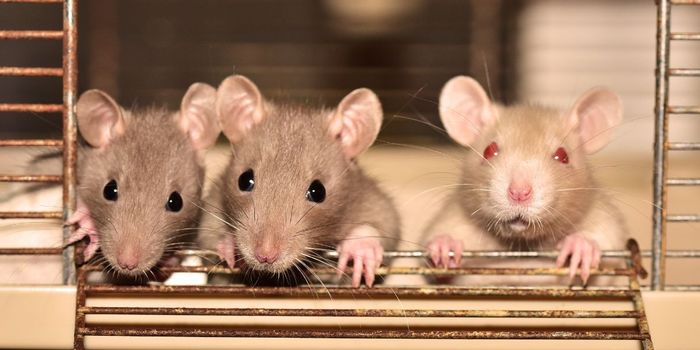Behaviorism is an approach to psychology based on the idea that behavior can be researched as an empirically rigorous science. This learning theory focuses on observable behaviors and ignored internal mental processes.
The research of Russian physiologist Ivan Pavlov paved the path for behavioral research. He was one of the first scientists to show the relationship between behavioral responses and environmental stimuli.
Pavlov was born in September of 1849. He initially pursued a religious career but left the seminary in 18760 to devote his life to science. He earned a medical degree and spent 20 years studying the psychology of digestion, which is what he won Nobel Prize for in 1904. He studied dog stomachs and noticed they would slobber before the food was eaten. He suspected this behavior was a form of learning.
Learning can be defined as "the process of acquiring, through experience, new and relatively enduring information or behaviors," according to the Crash Course video.
Pavlov's famous behavioral experiments, he demonstrated how the type of learning called associative learning could be done through classical conditioning. The smell of meat powder was the "unconditioned stimulus." The dogs salivating was the unconditioned or natural response. A ringing bell was the neutral stimulus that didn't produce saliva. Pavlov rang the bell with the meat powder was present. He repeated this many times until the dog went through the learning stage called acquisition. The once neutral stimulus became a conditioned stimulus because it caused the conditioned response of drooling.
Associative learning is when a "subject links certain events, behaviors, or stimuli together in the process of conditioning," according to the video. Classical conditioning showed how the learning processes could be studied through direct observations of behavior. Nowadays, however, psychology is viewed as the science or behavior AND mental processes.
While classical conditioning is about forming associations between stimuli, operant conditioning is about strengthening behaviors through reinforcements. Behind "operant conditioning," was the American psychologist B.F. Skinner, whose reputation inaccurately proceeds him. His invention called the "air crib" was commonly mischaracterized as a cruel box, similar to a jail pen, that he put babies in. This was untrue. It was actually an easily cleaned climate controlled box with a window in the front to help babies feel comfortable and safe. He invented the device for his wife to help her with the day-to-day tasks of raising an infant.
Positive reinforcement is strengthening a behavior by the occurrence of a positive stimulus. For example, if you say "please," you get a cookie. Negative reinforcement is the strengthening of a behavior through removing a punishing event. For instance, the car beeps at you for not putting on your seatbelt. So you put it on so you can get rid of that sound.
So, if you want to teach a brain how to learn something, take the research of Pavlov and Skinner as inspiration.








